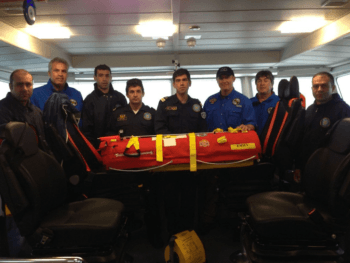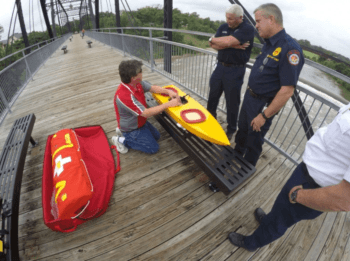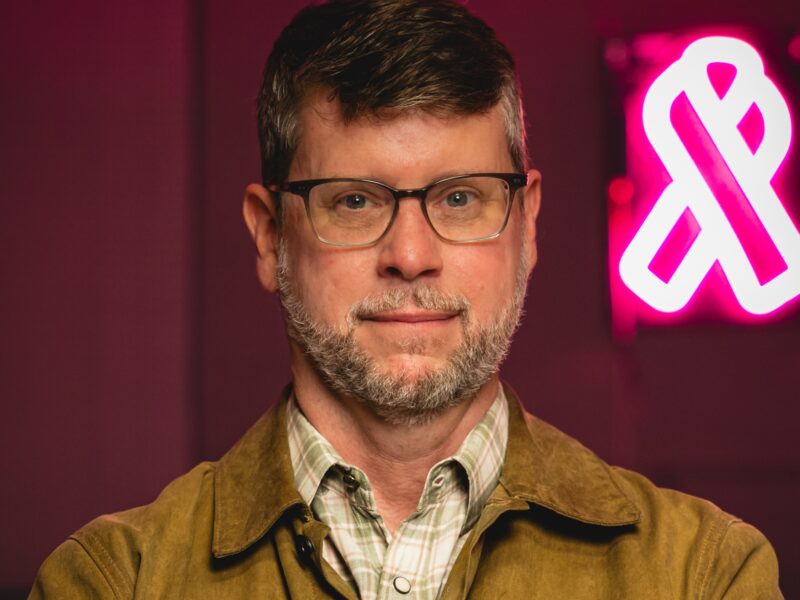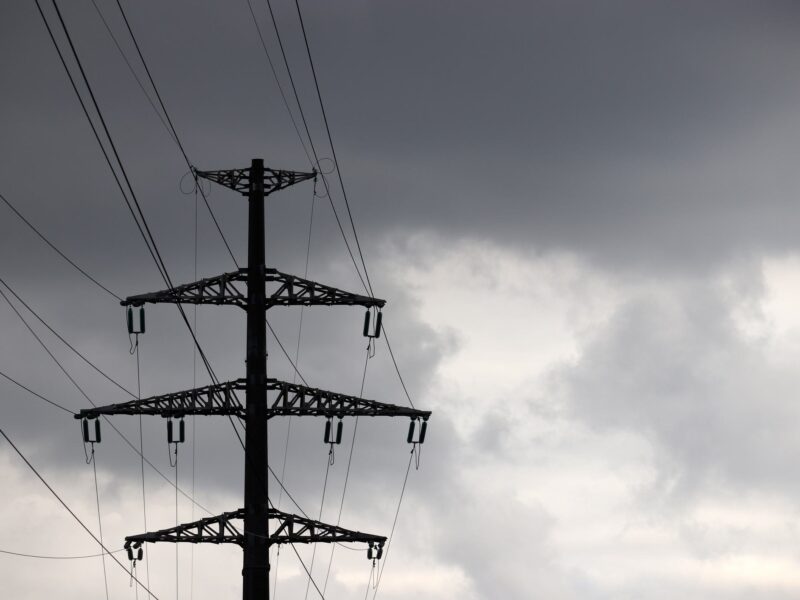Robot Lifeguard Makes Waves In Mediterranean

A robot assistant lifeguard called EMILY is making waves by helping migrants cross the Mediterranean Sea safely. In the wake of unrest, over 500 refugees have drowned attempting to cross the Mediterranean from Turkey to Greece. Members from the Texas A&M Engineering Experiment Station’s (TEES) Center for Robot-Assisted Search and Rescue (CRASAR) and Roboticists Without Borders gathered at the Greek island of Lesvos to assist the local Coast Guard and lifeguard organizations to prevent this from happening in the future.
Dr. Robin Murphy, Raytheon Professor in the Department of Computer Science and Engineering at Texas A&M University, aided authorities in Lesvos alongside CRASAR, of which she is the director. She is working with students to continually improve the lifesaving device, which can carry up to eight people at once. Several undergraduate seniors are working on senior design projects that would help humanitarian efforts and five graduate students are working on an autonomous version of EMILY in Murphy’s graduate level robotics class.
Team Tanks, comprised of seniors Timothy Foster, Andy Tran, Natalie Rawle, Karrie Cheng and Shane Scott, chose to work on an app called “Draw Me a Picture” as their senior capstone project. The idea is that EMILY can display an animated GIF illustrating what the responders want the refugees to do, for example how to tie a rope to their boat so it can be pulled away from the rocks. The app was presented at Texas A&M Student Research Week, where the team placed first overall the undergraduate teams for the Sigma Xi Symposium Theme Award, as well as taking first place in the Undergraduate Oral division.

EMILY’s creator, Tony Mulligan, is the CEO of Hydronalix, a company dedicated to the innovation of robotics, and an active member in Roboticists Without Borders. The original EMILY, built in 2010, was designed to assist swimmers caught in rip currents and bring them safely back to shore. Since 2010, these have been distributed to first responders around the world.
Designed to speed out to those who require immediate relief, EMILY gives the Coast Guard crucial time needed to save others in need. EMILY can be thought of as a combination of a large life preserver with a battery powered miniature jet ski that a lifeguard can control remotely.
Murphy began working with this type of robot and the manufacturer as part of the 2014 and 2015 Summer Institutes on Flooding and the Computing for Disasters NSF Research Experience for Undergraduates site grant. This summer, the institute will be focused on mass marine casualties such as refugees’ drownings, what would happen if a cruise ship went down in Galveston Bay or a repeat of the Cuban boat flotillas. Looking to the future, EMILY can be effective in first response situations such as these.
Murphy’s research was recently covered on NPR All Things Considered and WIRED.
This story originally appeared in Engineering Today.
This article by Rachel Rose originally appeared in Engineering Today.





